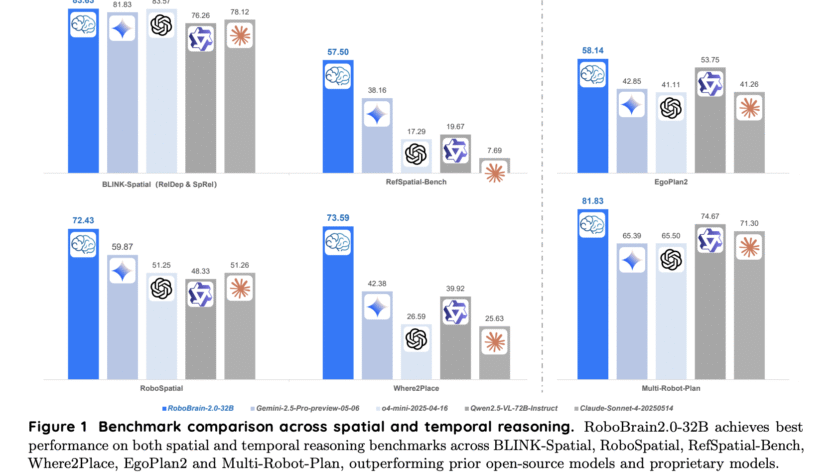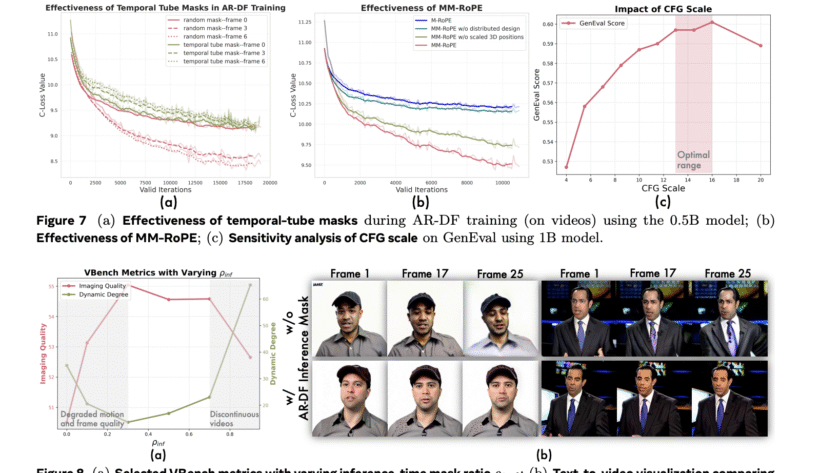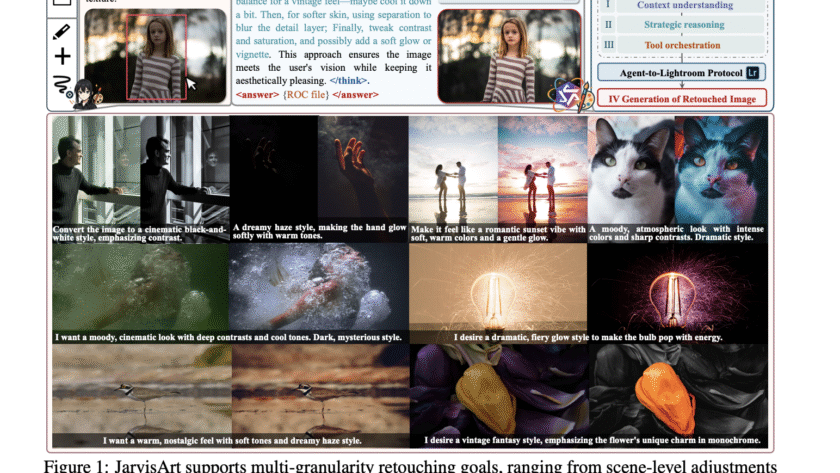Contrastive Language-Image Pre-training (CLIP) has become important for modern vision and multimodal models, enabling applications such as zero-shot image classification and serving as vision encoders in MLLMs. However, most CLIP variants, including Meta CLIP, are limited to English-only data curation, ignoring a significant amount of non-English content from the worldwide web. Scaling CLIP to include…











